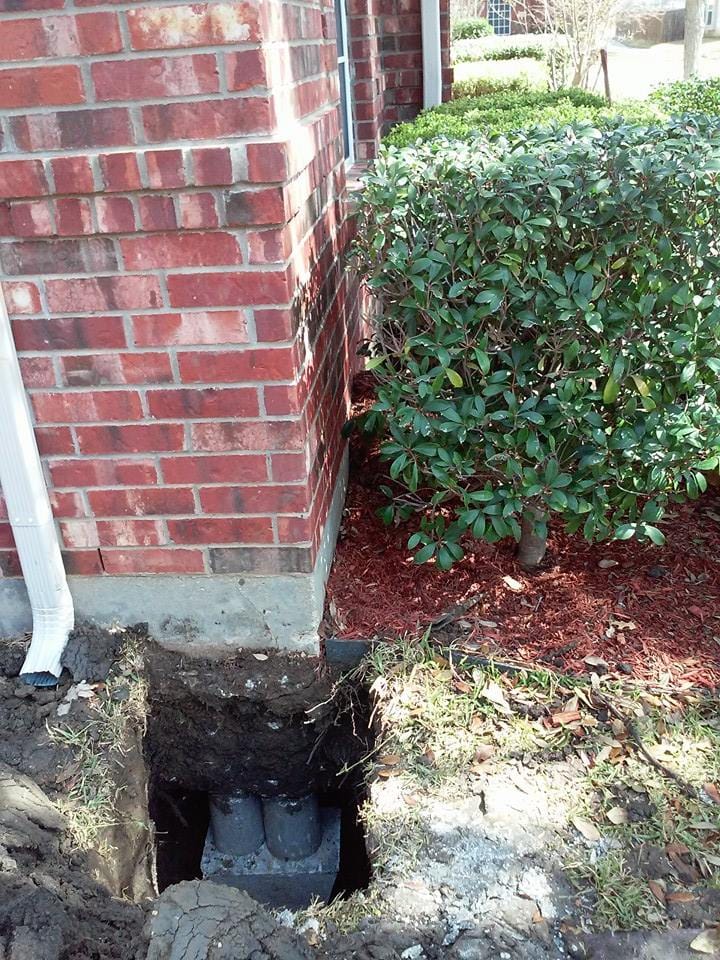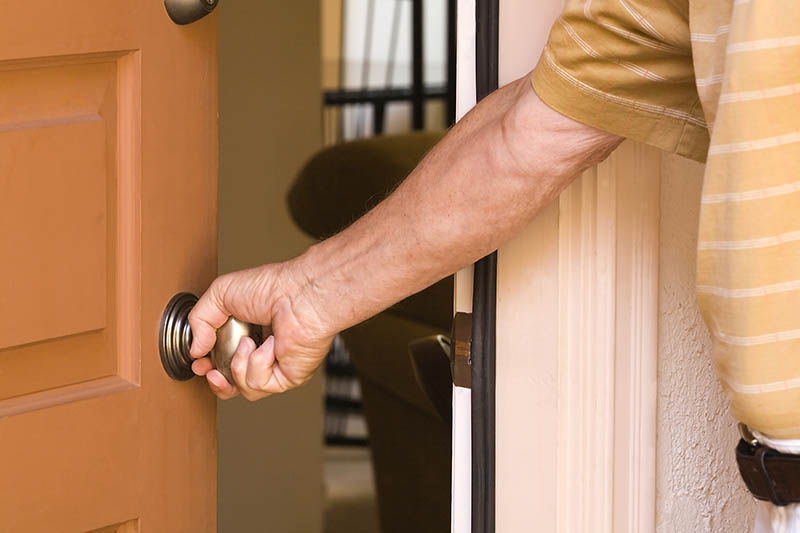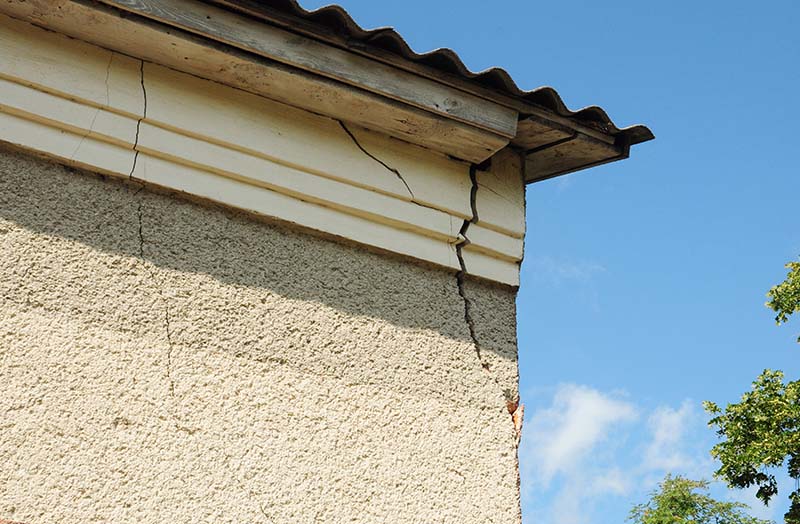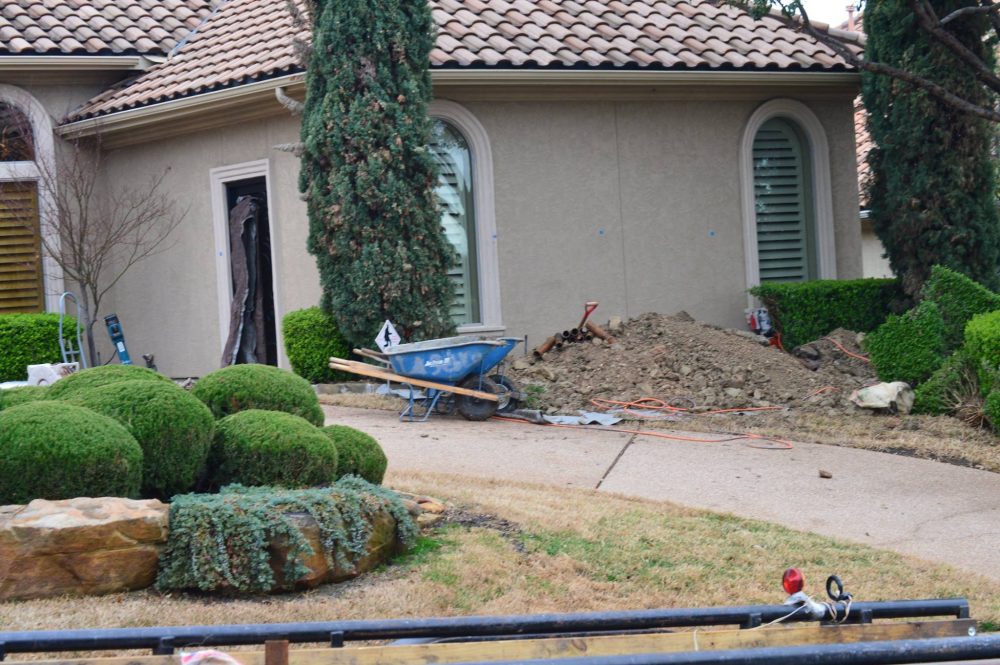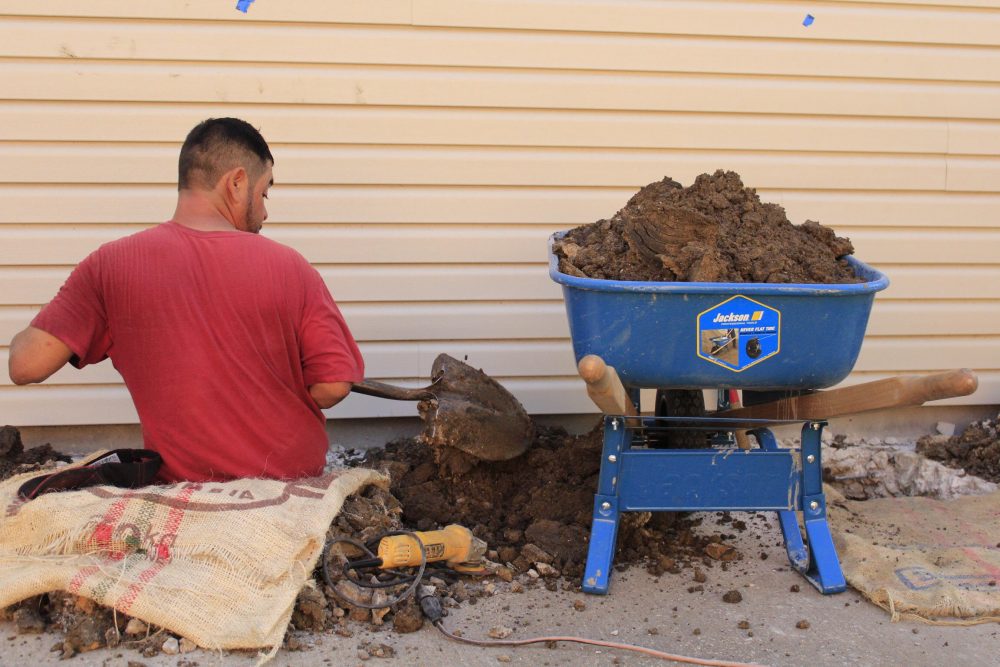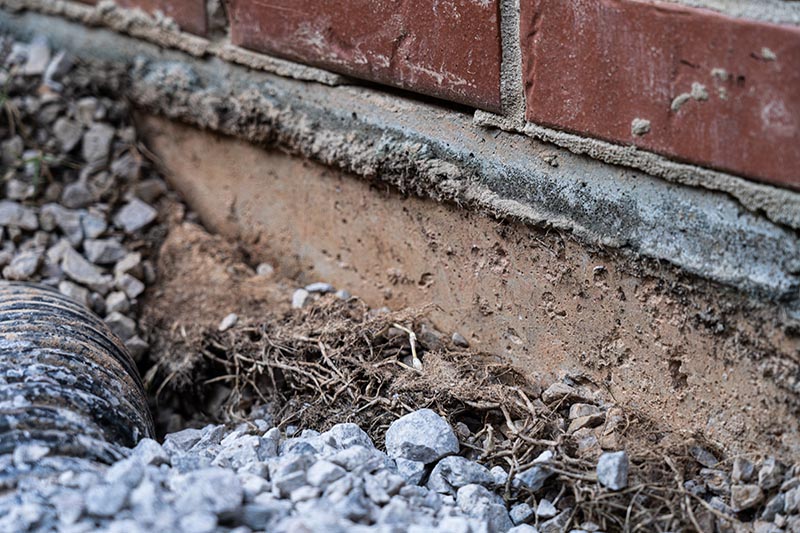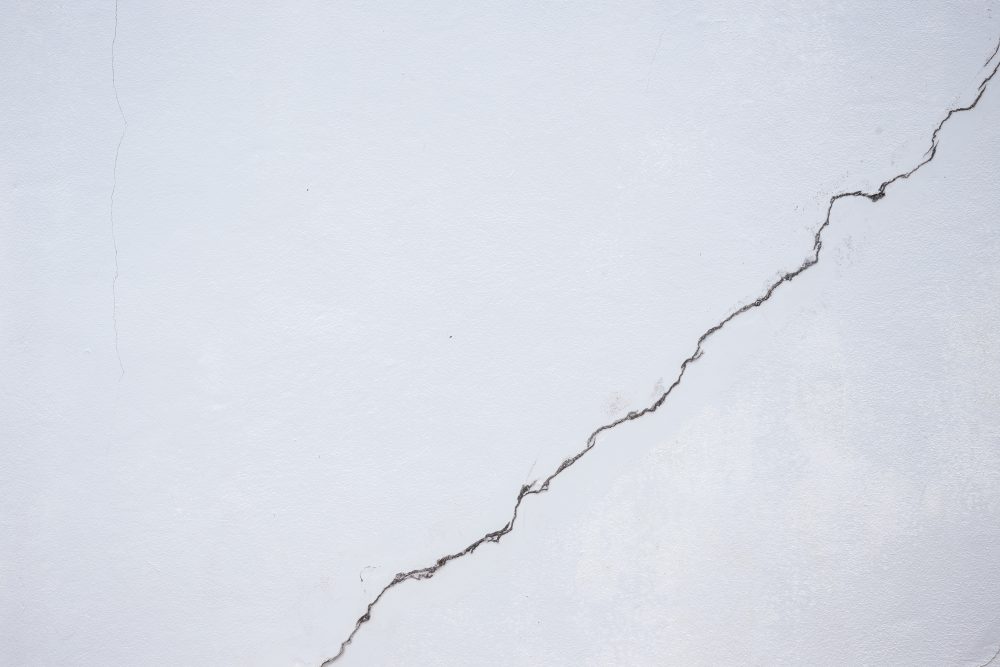Selling a house can be a complex process, and it’s natural to wonder about the best steps to take to ensure a smooth sale and maximize your property’s value. One common question that arises is whether or not to address foundation issues before putting your house on the market. In this blog post, we will explore the considerations and benefits of getting your foundation fixed before selling your house.

The Impact of Foundation Issues on the Sale
Foundation problems can significantly impact the sale of a house. Prospective buyers are likely to conduct thorough inspections and hire professional inspectors to assess the property’s condition. If they identify foundation issues, it may raise concerns about the structural integrity of the house, potentially leading to price negotiations or even scaring away potential buyers.
Building Buyer Confidence
One of the key benefits of getting your foundation fixed before selling your house is building buyer confidence. By addressing foundation issues, you demonstrate that you have taken proactive steps to maintain the property and ensure its long-term stability. This can alleviate potential buyer concerns and make your house more attractive in a competitive real estate market.
Pricing and Negotiations
Having a fixed foundation can positively impact the pricing and negotiations process. When your house has a strong foundation, it can be positioned as a well-maintained property with a solid structure. This can give you leverage during negotiations and allow you to command a higher selling price.
Expanding the Pool of Potential Buyers
By addressing foundation issues before listing your house, you expand the pool of potential buyers. Some buyers may be hesitant to purchase a house with foundation problems due to the additional costs and potential risks involved. However, when you present a house with a fixed foundation, you open the doors to a wider range of buyers who are more likely to be interested in your property.
Smooth and Faster Sale Process
Fixing your foundation before selling your house can contribute to a smoother and faster sale process. With a repaired foundation, your house is less likely to encounter delays or complications related to the inspection or mortgage approval. This can help expedite the transaction and minimize potential roadblocks.
Consulting with Foundation Repair Specialists
To make an informed decision about whether to get your foundation fixed before selling your house, it’s advisable to consult with foundation repair specialists like Steady House Foundation Repair. They can provide a professional assessment of your foundation’s condition and recommend the necessary repairs or maintenance.
While the decision of whether to get your foundation fixed before selling your house ultimately depends on your specific situation, addressing foundation issues can have significant benefits. It builds buyer confidence, enhances your property’s value, and expands the pool of potential buyers. By consulting with foundation repair specialists like Steady House Foundation Repair, you can make an informed choice and ensure a smoother and more successful home-selling process.
For professional foundation repair services or expert advice, visit Steady House Foundation Repair today. Let the experts guide you through the process and help you maximize the value of your property. Contact us today!

